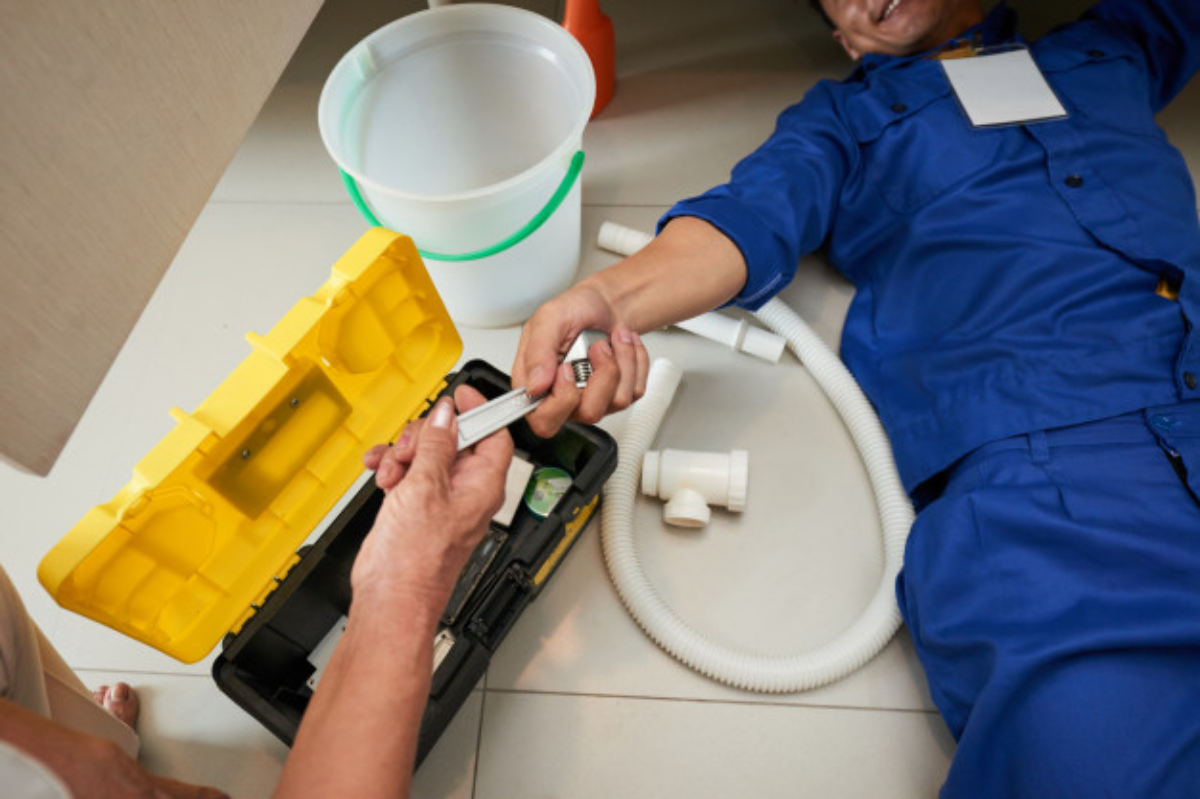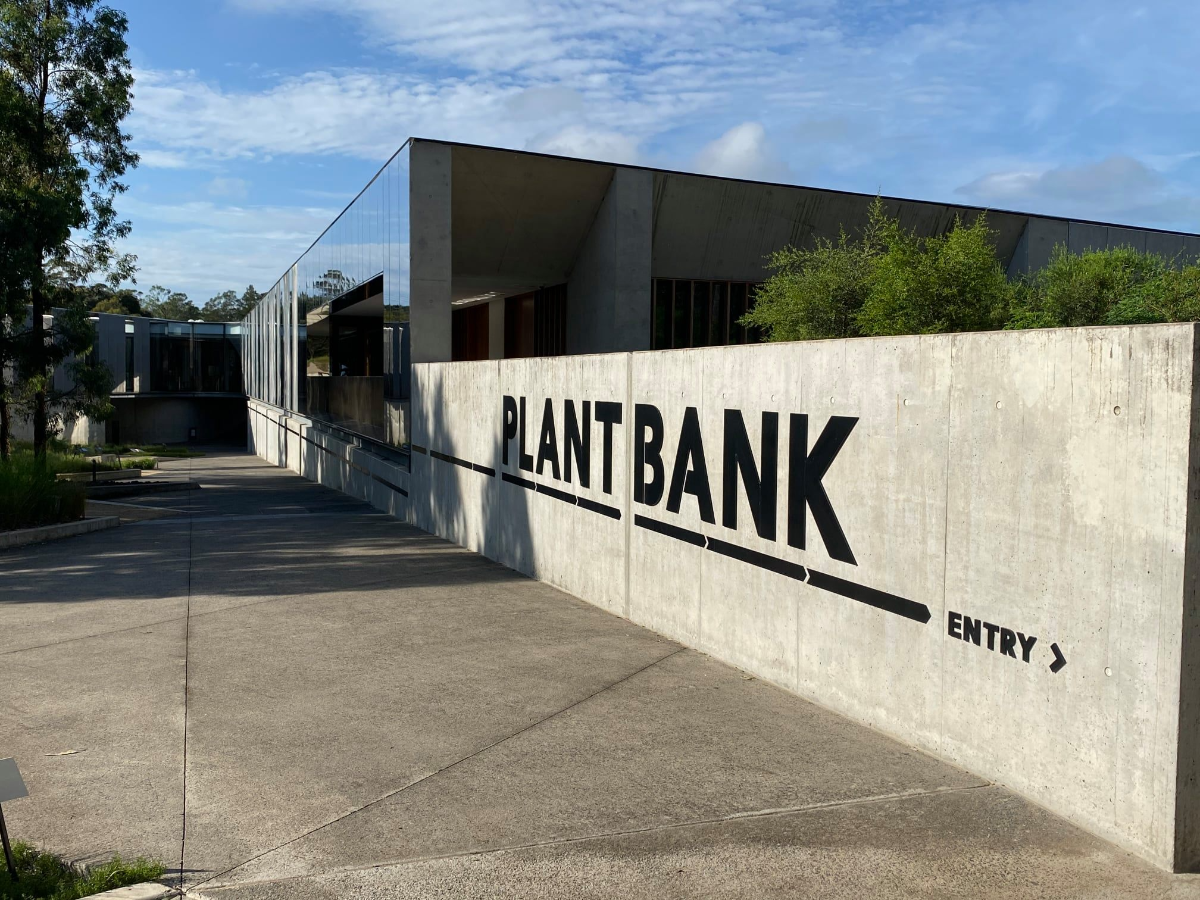
- May 26, 2021
- Effective Building
- 0
Seeing clogged drains can be a nightmare. Unfortunately, these happen at most unfortunate times and are costly, time-consuming, and headache to deal with. What makes it worse is the smell that comes from a backed-up system that can be risky to your family’s health.
Once a drain is clogged, there’s little choice but to use harmful chemicals or call a professional. However, as a homeowner, you can expect to pay close to $100 to have a plumber walk through your home.
Then, depending on the extent of the clog and the damage it caused from prolonged backup, the cost can increase from there.
Even if you don’t experience a clog in your home’s plumbing line, larger clogs in the main lines can cause backups into our homes, put a strain on our municipal sewage and wastewater systems, and damage our environment.
The high costs of clogs can be avoided with proper drain maintenance and not allowing clog culprits to get down the drain in the first place.
How to Clean Your Drains
Cleaning the drains is the very first step in preventing clogged drains. Unfortunately, our drains tend to be neglected when we think of regular home cleaning. However, keeping them clean and clear of debris is just as important to your family’s health and your home’s comfort as ensuring your kitchen counters are wiped down, and the toilet is scrubbed.
If you are mindful of what you put down the stairs, you shouldn’t need to clear them of debris often, maybe once a month or so. However, some drains need to be checked on more regularly, especially in the bathroom sink and shower drains, because that’s where hair clogs the most.
Hair loss while shampooing or shaving is a natural everyday occurrence, but it doesn’t take much to block a drain pipe. When you add to that all of the soap and toothpaste you’re using, it’s easy to see why clogs happen so quickly and are stubborn.
How to Maintain Your Drains
Effective Building & Consultancy recommend you the following maintenance to clean your drains.
Once a Week
Lift pop-up stoppers in the bathroom sink. Remove any debris, put it in the trash, rinse the stopper, and put it back in the drain.
Remove the drain cover from your shower or bathtub drain and use a hair-catching brush or a bent wire to clear the debris that accumulated there.
About Once a Month
Clean your garbage disposal with a sturdy disposer brush, or grind a few cups of ice and some table salt. This helps to remove the grease and slime off the slides of the disposer. Then, flush it out with cold water followed by half of a lemon or lime to deodorize.
If you have a bathtub, remove the overflow plate and raise the pop-up assembly to reach the spring or rocker arm. Remove the accumulated debris and rinse well before putting it back.
Use a bacteriological drain cleaner to maintain all the drains in the home. We recommend using a 100% biodegradable and non-corrosive drain clear so it won’t affect your home’s plumbing system and is much safer for your family than chemical drain cleaners.
How to Keep Drains Free from Clog?
After removing the debris on your drains, it’s now time to maintain that way. You can do several things every day to reduce the amount of clog-inducing substances that go down the drains.
This may seem like a lot of work at first, but these things can quickly become a habit. However, unlike some habits, this one can save you time, money, and a lot of headaches.
1. Place Mesh Screens
Place mesh screens over all the drains, especially bathtub or shower drain, to catch hair, food particles, and other gunk. This is the simplest and most affordable yet the most effective thing to maintain clog-free drains.
Mesh screens can also be installed on outdoor drains. Mesh screens can be installed below the shower drain cover for the interior, so you don’t have to mess up your shower decor or leave the drain uncovered.
If you have a screw-in drain cover, you can place the #30 shower size screen below the drain cover and screw through the mesh to replace the cover. If you have a snap-in shower drain cover, you need a #40 tub and laundry size strainer, which will sit on top of the actual pipe allowing the drain cover to snap back into place.
2. Brush Hair Before Taking a Bath
Brush your hair immediately before taking a bath to remove the majority of loose hair. The hair is caught in the brush and disposed of in the trash rather than down the drain.
3. Wash Your Pets Outside
Wash pets outside when the weather is warm enough. Once it turns cold, if they need a bath indoors, lay a washcloth over the shower drain to catch excess hair and dispose of the hair later in the garbage.
4. Use a Washtub Instead of a Bathtub
Using a washtub is another option instead of a bathtub or shower. This way, you can empty it outside and avoid pouring pet hair down the drain.
5. Start a Compost Bin
Having your compost bin doesn’t only help save water and energy but also reduces the chance to put solid and sticky substances down the drain. Even if you don’t have a garden or lawn, many community gardens and garden co-ops will be happy to pick up and use the compost.
6. Teach Children the Importance of Maintaining Home’s Drain System
If you have children at home, they must understand the effects of misuse of drains on the municipal wastewater systems and the environment.
Make sure they understand that toys should never be flushed and that toys smaller than the drain shouldn’t be played within the tub
7. Get a Quality Auger/Plunger and Learn How to Use Them
Sometimes, clogs will happen no matter how much you try to avoid them. For example, someone flushes too much toilet paper, or you accidentally drop something down the sink.
However, you save yourself money by handling clogs yourself.
8. Don’t Treat Your Drains Like a Garbage Can
Your garbage disposal, toilet, sinks, and other drains in your home cannot accommodate the size and composition of the many things you put down on them regularly. Even your septic tanks and municipal waste systems can’t do it either.
How Does Effective Building & Consultancy Help on Your Clogged Drain Issues?
In this post, we discussed the many possible causes of clogged drains. We conclude that the best way to fix them is to prevent them from being clogged in the first place.
The basic rule here is to don’t put anything down the drain and avoid clearing drains by adding more chemicals.
If your clogged drains turn into an emergency requiring help from an experienced building inspector who also does plumbing inspection, contact Effective Building & Consultancy at 02 9613 3353 for assistance around the clock.
For more information about our building inspection services, visit our Help Centre.
Suppose you are planning to work on multi-story units. In that case, you may find yourself wondering if you should Read more
Heritage buildings represent the history and culture of a nation. They constitute together the architectural heritage of an area. Heritage Read more
The Australian PlantBank is a remarkable new plant conservation laboratory at The Australian Botanic Garden in Mount Annan. It is Read more





